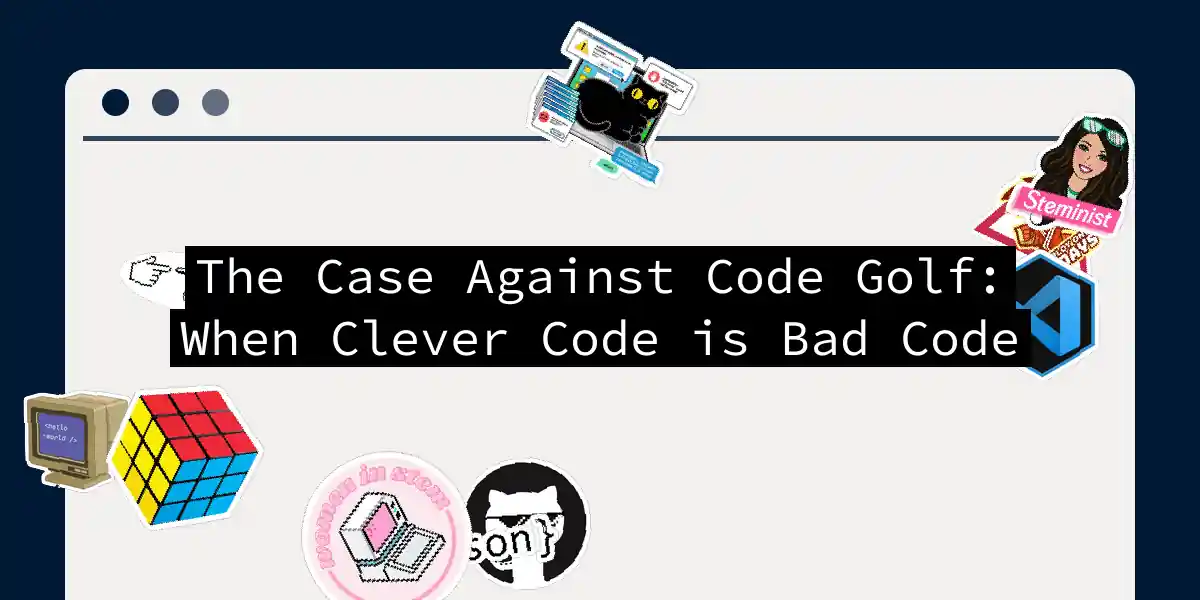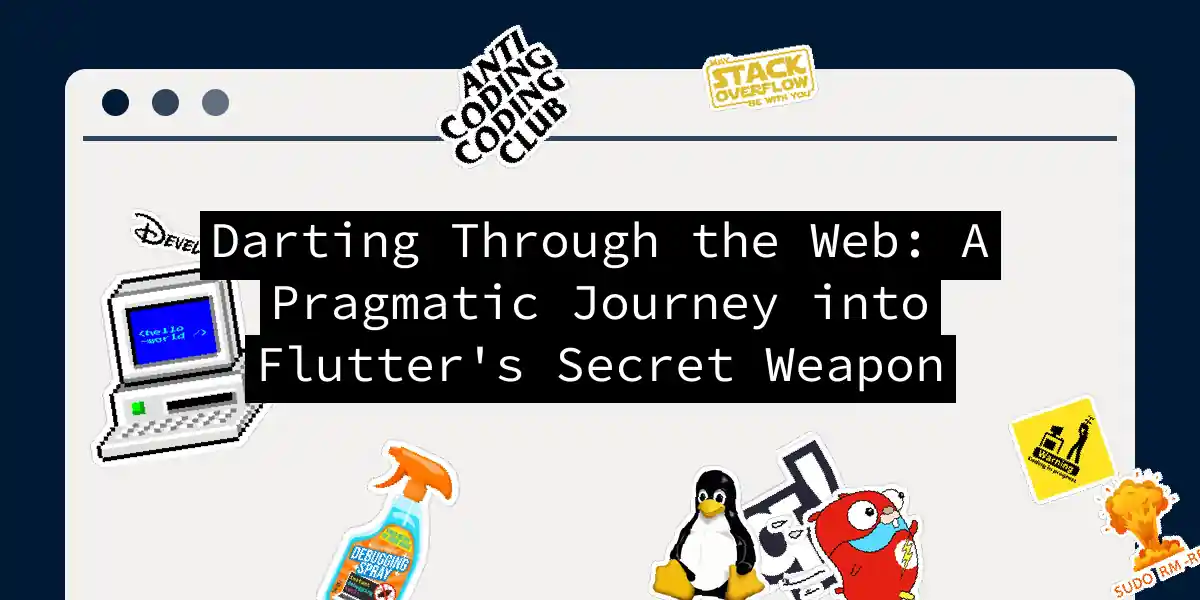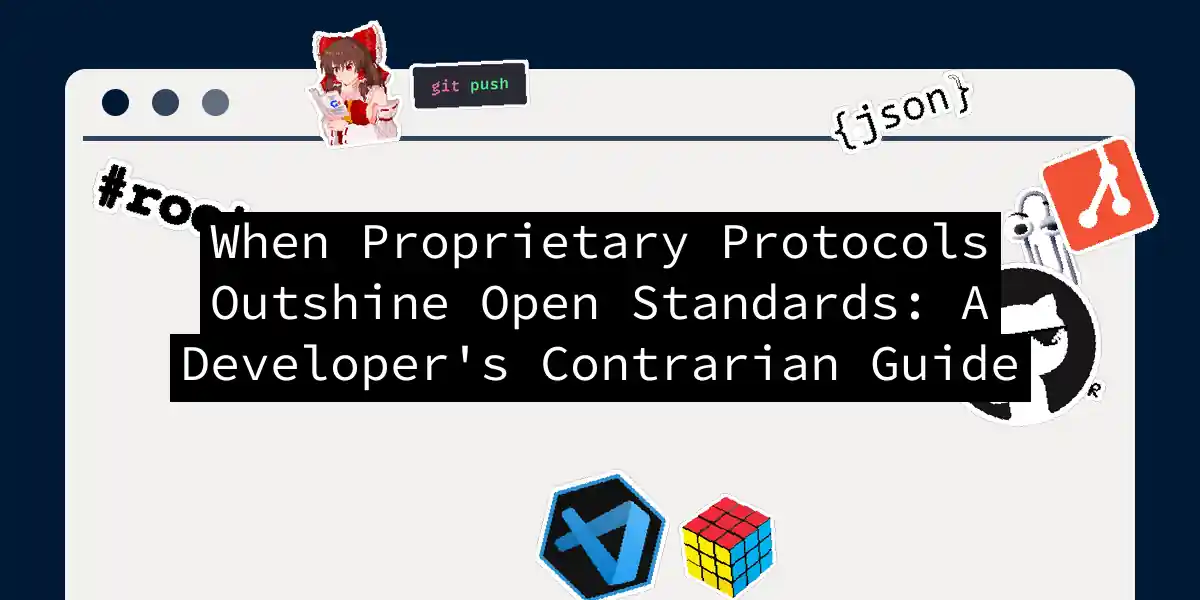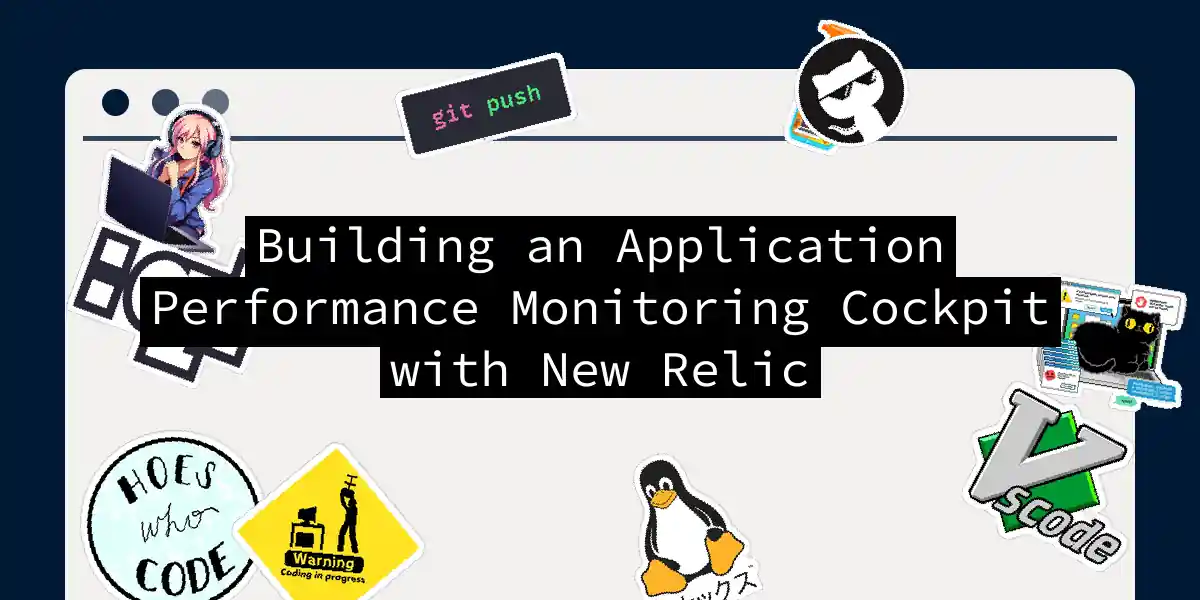
The Case Against Code Golf: When Clever Code is Bad Code
Picture this: you’ve just inherited a codebase where every function looks like a cat walked across a keyboard. Variables named x1, a_, and p0lyg0n stare back at you like cryptic runes. As your eyes glaze over, you realize - someone thought they were playing Code Golf: The Developer Edition. Let’s talk about why we need to take away their clubs. What Even Is Code Golf? Code golf is the art of solving problems using the fewest possible characters - like writing Shakespeare with emojis....



